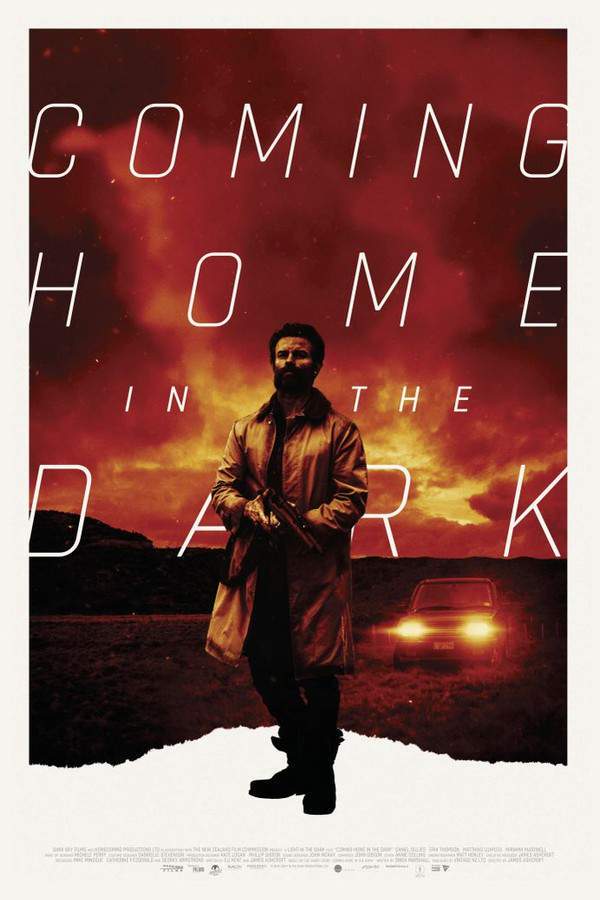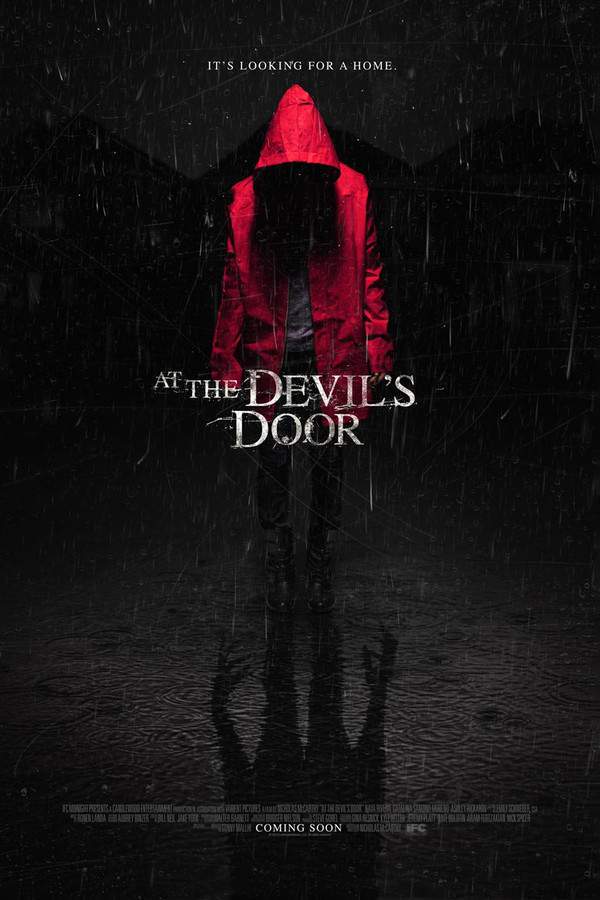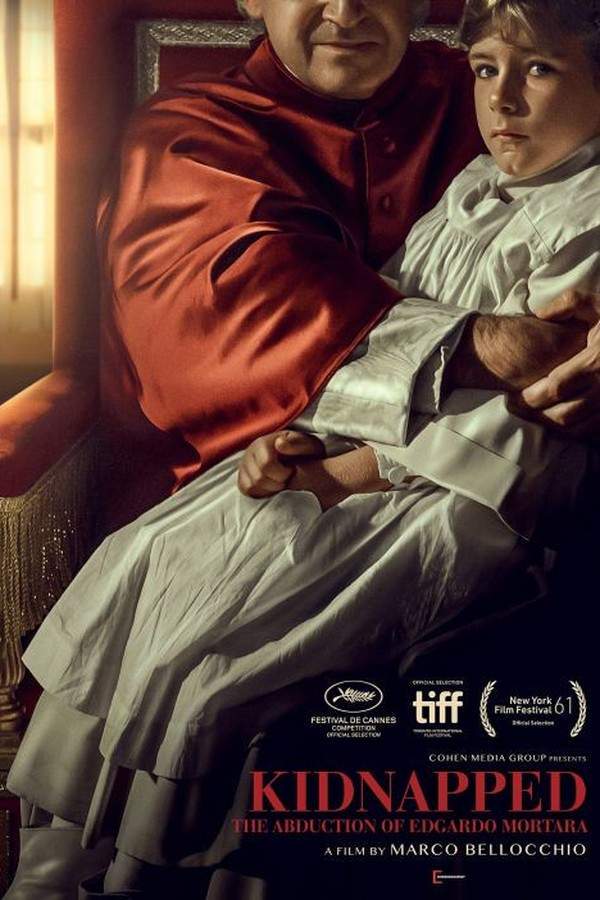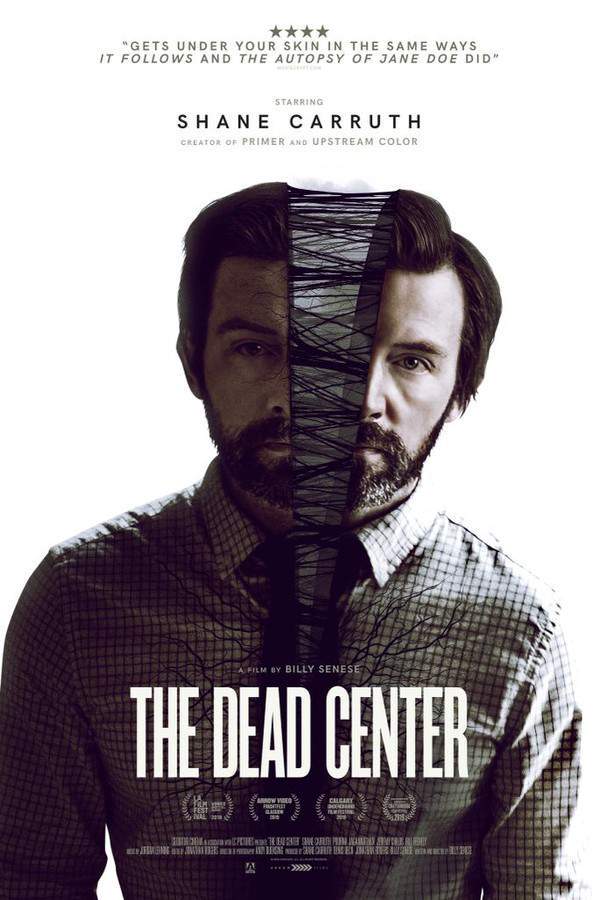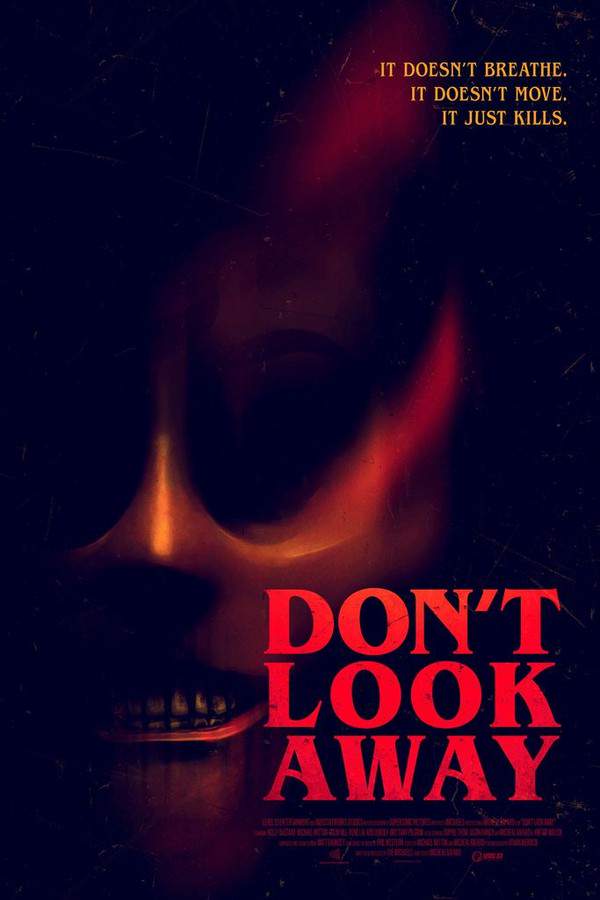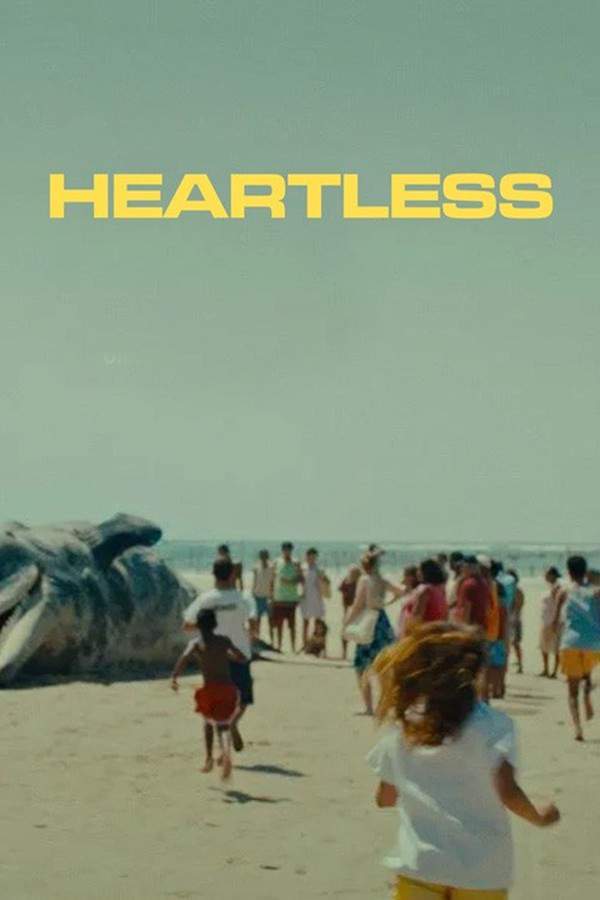
The Open House
Year: 2018
Runtime: 94 mins
Language: English
A teenage boy named Logan Wallace and his mother, Naomi, move to a new home. They soon discover that the house holds a dark secret. Strange and threatening events begin to occur, unleashing a terrifying ordeal for them. As they face these escalating dangers, they must find a way to escape the nightmare unfolding around them.
Warning: spoilers below!
Haven’t seen The Open House yet? This summary contains major spoilers. Bookmark the page, watch the movie, and come back for the full breakdown. If you're ready, scroll on and relive the story!
The Open House (2018) – Full Plot Summary & Ending Explained
Read the complete plot breakdown of The Open House (2018), including all key story events, major twists, and the ending explained in detail. Discover what really happened—and what it all means.
After a suburban father is killed in a car accident, Naomi Wallace, Piercey Dalton — an unemployed mother struggling to support herself and her teenage son Logan — agrees to move into her sister’s secluded mountain chalet until it sells. Naomi Wallace, Piercey Dalton and her husband, Aaron Abrams Brian Wallace, pack up what little they have and head to the house that sits tucked away from the town, surrounded by silent trees and a wind that seems to carry whispers. Soon they settle into a routine that feels safer on the surface but grows increasingly uneasy as the days pass.
Together with her teenage son Logan Wallace, Dylan Minnette, Naomi begins to make the chalet feel like a home again, even as the weight of their situation presses down. The place is quiet, nearly perfect in its beauty, but the quiet is quickly interrupted by a series of odd, unsettling moments. They are greeted by their elderly neighbor Martha, Patricia Bethune, whose chatter tilts between warmth and something edged with fear, and by Chris, Sharif Atkins, a pleasant but persistent store clerk who seems to know more than he should about the house and its past. The open house routine—Naomi and Logan must leave the property at breakfast and return after 5 p.m.—begins to feel like a strange ritual rather than a practical plan.
From the first full day, strange occurrences creep into their daily life. Objects mysteriously shift, the home phone rings with nobody on the line, the pilot to the hot water tank repeatedly shuts off, and there are odd, unexplained noises that rattle the quiet of the chalet. Logan notices a car idling in the driveway one night, and when he steps outside, Martha appears, behaving erratically as if she’s seen something no one else can see. Her words later hint that her husband may still be alive, flipping the script on what Naomi and Logan have already accepted about the world around them.
Seeking an explanation, a repairman—Paul Rae—is called to inspect the faulty hot water tank. He confirms that Martha’s husband did indeed die, and he gently hints that Martha may be dealing with Alzheimer’s, which helps explain the strange, disjointed memories that accompany her behavior. Naomi, meanwhile, discovers a crumpled family photo in the trash, a detail that deepens her sense that someone may be sabotaging her sense of reality. The repairman also finds Logan’s missing phone near the water heater, a clue that feeds Naomi’s fear that Logan has been meddling or destroying things for reasons she doesn’t understand. A heated argument erupts between mother and son, each convinced they’re being driven toward a breaking point, and the other insists they’re not to blame.
That night, a new threat reveals itself: an intruder lurks inside the house. The sense of safety they built begins to crumble as Naomi and Logan realize they are not alone. Later, Naomi and Logan return from another open house to find the chalet broken into and a candlelit dinner arranged on the table, a staged tableau that suggests someone has been watching them with unsettling patience. The police arrive and find nothing concrete, leaving Naomi with the uneasy sense that they’re trapped in a house that isn’t as empty as it seems.
With limited money, they can’t afford a hotel, so Naomi and Logan press on, tightening their daily lives around the fear that the intruder could return at any moment. Logan reaches out to Chris for help, and Chris agrees to spend the night on the couch to protect them, though the situation remains fragile. The night of Chris’s stay becomes a nightmare when he disappears, and Logan discovers him in his car with his throat slashed—a brutal, shocking violation that alters the balance of fear for the family.
In the chaos that follows, an unidentified man—The Man in Black—knocks Logan unconscious, pours water over him, and leaves him to contend with the brutal cold of the winter outside while he goes after Naomi. Naomi survives the initial attack but is bound and tortured, and Logan wakes to find that all phones have had their SIM cards removed and snapped when he tries to call for help. He rushes to aid his mother, but in a desperate, panicked moment he mistakes her for the intruder and stabs her. Naomi, collapsing, tells him to run, even as the intruder’s presence seems to tighten around them like a noose.
The attack leaves Logan blinded in one sense—his contact lenses are removed, leaving him unable to see clearly—and he stumbles into the freezing woods. He endures the brutal night, fighting against hypothermia until the pale light of dawn arrives. Dragging himself toward a stream, he finally finds a shred of hope in a glimmer of water. But the intruder reveals himself, seizes Logan in the cold, and, with cold efficiency, strangles him to death. The scene closes with the lifeless body of Logan by the stream as the intruder drives away to the next open house, leaving Naomi and Logan’s story suspended in a deep, chilling silence.
In this house that seems to hold a quiet beauty, the line between reality and fear blurs until it becomes almost indistinguishable. The chalet’s walls, once a sanctuary, echo with the footprints of those who came before and those who arrived with the motive to seize what little stability Naomi and Logan have left. The plot threads—unanswered questions about Martha’s memory, the intruder’s true identity, and the uncanny events that punctuate their days—linger, suggesting that some homes can become prisons as easily as they can become havens. And as the final image lingers on the open road that leads away from the chalet, the sense remains that danger is not merely in what is seen, but in what is heard, felt, and suspected in the quiet, snow-bound hours that follow the open houses.
Last Updated: October 09, 2025 at 16:55
Explore Movie Threads
Discover curated groups of movies connected by mood, themes, and story style. Browse collections built around emotion, atmosphere, and narrative focus to easily find films that match what you feel like watching right now.
Home Invasion Horror Movies like The Open House
The place you call home becomes a terrifying trap.If you felt the creeping dread of The Open House, you'll find more chilling tales here. This list gathers movies where the safety of home is violated, featuring relentless intruders, psychological torment, and desperate fights for survival in a confined space, perfect for fans of high-tension thrillers.
Narrative Summary
These narratives typically follow a linear, escalating structure. After establishing the characters' vulnerable state, subtle disturbances begin, signaling the presence of an intruder. The threat steadily intensifies, moving from psychological games to direct physical danger, often culminating in a brutal fight for survival within the confines of the home.
Why These Movies?
Movies in this thread are united by their core premise: the violation of a safe space. They share a high-intensity, dark tone that generates profound anxiety and a sense of hopelessness. The pacing is often steady or slow-burn, building unbearable tension before a violent release, focusing on the raw terror of being trapped and hunted.
Bleak and Hopeless Thrillers similar to The Open House
Stories where the tension builds to an inescapably grim conclusion.For audiences who appreciated the grim, no-escape finale of The Open House. This selection features movies with a steady, oppressive pacing, heavy emotional weight, and bleak endings. If you like psychological thrillers and horror films where hope is extinguished, these stories of despair and inevitable doom are for you.
Narrative Summary
The narrative pattern involves characters facing a threat that systematically dismantles their sense of control and hope. There is no last-minute rescue or triumphant turnaround; instead, the story methodically tightens its grip, leading to a conclusion that confirms the characters' vulnerability and the absolute power of the antagonistic force, leaving the audience with a feeling of profound hopelessness.
Why These Movies?
These films are grouped by their shared commitment to a dark, pessimistic worldview. They prioritize a heavy emotional weight and a steady, anxious pacing that builds towards a bleak ending. The experience is defined by a consistent tone of despair, where tension does not resolve into relief but into tragic finality.
Unlock the Full Story of The Open House
Don't stop at just watching — explore The Open House in full detail. From the complete plot summary and scene-by-scene timeline to character breakdowns, thematic analysis, and a deep dive into the ending — every page helps you truly understand what The Open House is all about. Plus, discover what's next after the movie.
The Open House Timeline
Track the full timeline of The Open House with every major event arranged chronologically. Perfect for decoding non-linear storytelling, flashbacks, or parallel narratives with a clear scene-by-scene breakdown.

Characters, Settings & Themes in The Open House
Discover the characters, locations, and core themes that shape The Open House. Get insights into symbolic elements, setting significance, and deeper narrative meaning — ideal for thematic analysis and movie breakdowns.

The Open House Spoiler-Free Summary
Get a quick, spoiler-free overview of The Open House that covers the main plot points and key details without revealing any major twists or spoilers. Perfect for those who want to know what to expect before diving in.

More About The Open House
Visit What's After the Movie to explore more about The Open House: box office results, cast and crew info, production details, post-credit scenes, and external links — all in one place for movie fans and researchers.






